
James Hefford
Postdoctoral Researcher
Bio
I am an Inria postdoctoral researcher in the Quacs group at LMF. My interests include category theory and the application of these methods to problems in physics, particularly quantum theory and models of spacetime.
I completed my DPhil at the University of Oxford. Prior to this I did an MSci in Mathematics at Imperial College London and an MRes in Quantum Technologies at University College London.
Publications
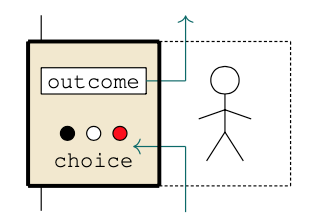
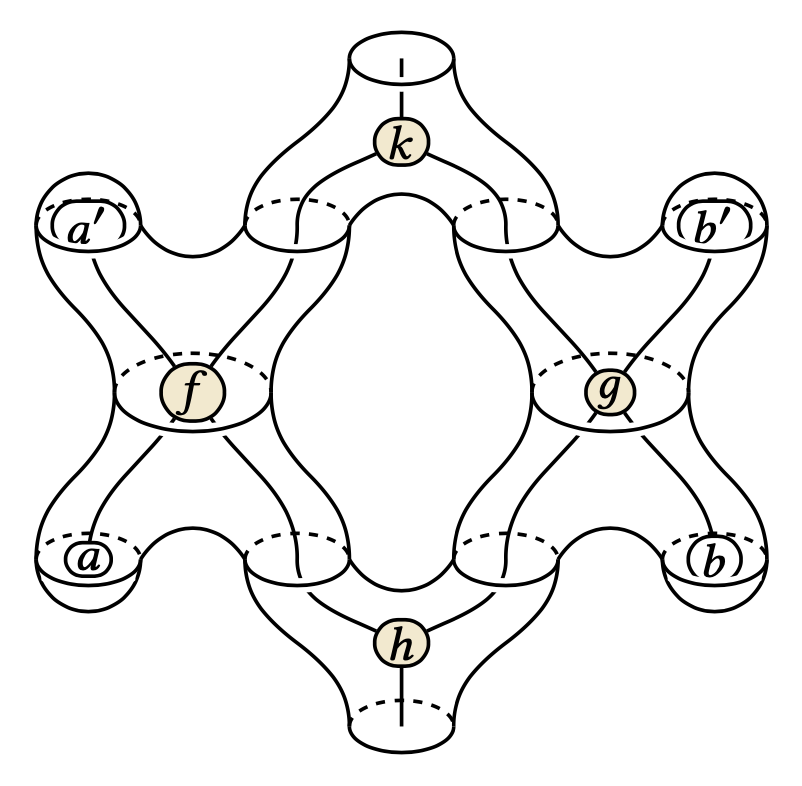
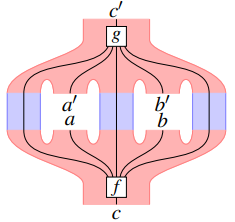
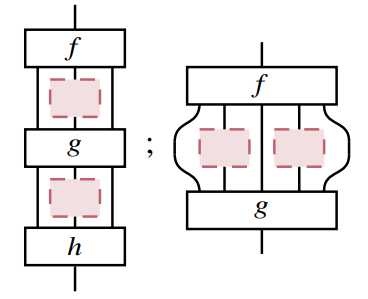
The Produoidal Algebra of Process Decomposition
With: M. Earnshaw, M. Román
With: M. Earnshaw, M. Román
Computer Science Logic,
2024.

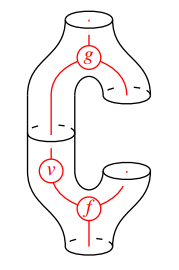
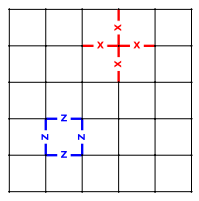
Optimal local unitary encoding circuits for the surface code
With: O. Higgott, M. Wilson, J. Dborin, F. Hanif, S. Burton, D.E. Browne
With: O. Higgott, M. Wilson, J. Dborin, F. Hanif, S. Burton, D.E. Browne
In Quantum,
2021.

